

Articles
How To Raise A Sunken Living Room
Modified: April 22, 2024
Discover effective methods and strategies in these insightful articles on how to raise a sunken living room.
(Many of the links in this article redirect to a specific reviewed product. Your purchase of these products through affiliate links helps to generate commission for Storables.com, at no extra cost. Learn more)
Introduction
Welcome to our guide on how to raise a sunken living room! If you have noticed that the floor in your living room has become uneven or sunken in certain areas, don’t worry. You can take steps to fix this issue and restore the level surface of your living space. A sunken living room not only poses a tripping hazard but can also be an eyesore, affecting the overall aesthetics of your home.
In this article, we will walk you through the process of assessing the damage, determining the cause, and raising the sunken portion of your living room floor. We will also cover reinforcing the foundation, leveling the floor, and making any necessary repairs or replacements. By following these steps, you can transform your sunken living room into a safe and stylish space once again.
Please keep in mind that addressing a sunken living room requires a certain level of expertise and may involve heavy lifting and structural work. If you are not confident in your abilities, it is always recommended to consult with professionals who specialize in foundation repair and restoration.
Now, let’s dive into the process of raising a sunken living room and give your space the attention it deserves.
Key Takeaways:
- Transform your sunken living room into a safe and stylish space by assessing the damage, determining the cause, and lifting the sunken portion with professional assistance if needed.
- Reinforce the foundation, level the floor, and add personal touches to create a visually appealing and inviting living room space that reflects your unique style and personality.
Read more: What Is Sunken Living Room
Assess the Damage
The first step in raising a sunken living room is to assess the extent of the damage. Take a thorough look at the floor and identify the areas that are sunken or uneven. Walk around the entire living room and pay close attention to any noticeable dips or slopes. These irregularities can be indicators of an underlying problem.
Once you have identified the sunken areas, note the severity of the sinking. Are there only minor deviations or significant drops in the floor level? This assessment will help determine the appropriate measures needed to raise and level the living room floor.
In some cases, the sinking may be isolated to certain sections of the living room. However, for more severe cases, the entire floor may be affected. It’s essential to inspect the walls, ceiling, and surrounding areas for any signs of cracks, bulges, or foundation issues. These signs can help you pinpoint the cause of the sinking and ensure a comprehensive repair.
If you are unsure about the severity of the damage or the underlying cause, it is recommended to consult with a professional contractor or structural engineer. They have the expertise to assess the extent of the damage accurately and provide guidance on the necessary repairs.
Remember to document the areas of sinking and take measurements if possible. This information will be helpful when devising a plan to raise the sunken living room and ensure that the floor is properly leveled.
Determine the Cause
Once you have assessed the damage and identified the sunken areas in your living room, the next step is to determine the cause. Understanding the underlying reason for the sinking will help you address the issue effectively and prevent future recurrence.
There can be several reasons why a living room floor may sink, including:
- Foundation Issues: One of the most common causes of a sunken living room is foundation problems. Issues such as settlement, soil erosion, or improper construction can lead to the sinking of the floor. It is essential to inspect the foundation for cracks, moisture, or any other signs of damage.
- Water Damage: Leaks or water damage can weaken the structure of the floor, causing it to sink. Check for any signs of water damage, such as mold, mildew, or discoloration, and address any underlying leaks or moisture issues.
- Structural Damage: Damage to load-bearing walls, beams, or columns can affect the stability of the floor and lead to sinking. Look for any signs of structural damage, such as cracks, sagging, or shifting, and consult with a professional to assess the extent of the problem.
- Improper Construction: Poorly constructed or inadequate support systems can contribute to a sunken living room floor. Inspect the construction of the floor and ensure that proper structural measures were taken during the initial build.
Identifying the cause of the sinking is crucial because it will dictate the appropriate course of action to rectify the problem. In some cases, minor repairs such as filling cracks or replacing damaged materials may suffice. However, more severe issues may require professional intervention, such as foundation repairs or structural reinforcement.
If you are unsure about the exact cause or need expert advice, consider consulting with a structural engineer or hiring a professional contractor specializing in foundation repairs. They can conduct a thorough inspection, identify the underlying cause, and provide you with a comprehensive plan for raising and leveling your sunken living room floor.
Remember, addressing the root cause of the sinking is essential for a long-lasting solution and to prevent future damage or instability in your living room.
Prepare the Area
Before you begin the process of raising the sunken living room, it’s crucial to properly prepare the area. This step ensures a safe and efficient working environment and helps protect the surrounding furniture and belongings.
Here are some essential steps to follow when preparing the area:
- Clear the Space: Remove all furniture, rugs, and other items from the living room floor. This includes any decorative objects, electronics, or fragile items that could be damaged during the lifting process.
- Protect Surfaces: Cover nearby walls, door frames, and baseboards with protective plastic or cardboard. This will safeguard these surfaces from any accidental damage or marks that may occur during the repair process.
- Close Off the Area: If possible, close off the living room area and restrict access to prevent anyone from accidentally entering during the repair process. This is especially important if you have children or pets in the house.
- Provide Adequate Lighting and Ventilation: Ensuring good lighting and ventilation in the working area is essential for safety and comfort. Set up additional lighting if needed and open windows or use fans to ensure proper air circulation.
- Use Safety Gear: Wear appropriate safety gear such as gloves, goggles, and sturdy footwear to protect yourself during the lifting and repair process.
- Organize Tools and Equipment: Gather all the necessary tools and equipment you will need for the raising and leveling process. This may include hydraulic jacks, shims, measuring tape, a level, and any other specialized tools recommended for the task.
By taking the time to prepare the area properly, you can ensure a smooth and efficient repair process while keeping safety at the forefront. Once the area is clear and protected, you can move on to the next steps of raising and leveling your sunken living room floor.
Lift the Sunken Portion
Now that you have assessed the damage, determined the cause, and prepared the area, it’s time to lift the sunken portion of your living room floor. This step involves gradually raising the floor to its original level using hydraulic jacks or other appropriate lifting equipment.
Here is a step-by-step process for lifting the sunken portion:
- Identify the Low Points: Using a level and measuring tape, locate and mark the lowest points of the sunken areas on the floor.
- Position the Hydraulic Jacks: Place hydraulic jacks strategically under the marked low points of the floor. Ensure that the jacks are stable and secure.
- Begin Lifting: Slowly and evenly pump the hydraulic jacks to lift the floor. Start with a few pumps and then pause to allow the floor to adjust. Repeat this process gradually, monitoring the progress to ensure proper leveling.
- Keep an Eye on the Level: Continuously check the level of the floor as you lift, making adjustments as necessary to maintain a level surface.
- Use Shims: If needed, insert shims under the raised portion of the floor to provide additional support and stabilize the area.
- Check for Proper Support: Once the sunken portion is lifted, verify that the surrounding areas are properly supported and aligned. Make any necessary adjustments to ensure a uniform and level floor surface.
- Secure the Raised Portion: Once the floor is lifted to the desired level, utilize appropriate methods such as adhesive or fasteners to secure the raised portion, ensuring it remains in place.
It is important to note that the process of lifting the sunken portion can be complex and may require careful precision. If you are unsure or uncomfortable with performing this step, it is highly recommended to seek professional assistance to ensure the safety and success of the floor lifting process.
Once the sunken portion is raised and properly secured, you can move on to the next steps of reinforcing the foundation and leveling the floor, which we will discuss in the following sections.
Consider installing a sump pump to prevent future flooding in a sunken living room. This can help to remove excess water and prevent further damage to the space.
Read more: How To Fill In Sunken Living Room
Reinforce the Foundation
After successfully lifting the sunken portion of your living room floor, the next crucial step is to reinforce the foundation. This will help prevent further sinking and ensure the stability of the floor over the long term. Reinforcing the foundation involves addressing any underlying issues that contributed to the sinking and implementing measures to strengthen the structural integrity of the floor.
Here are some key steps to consider when reinforcing the foundation:
- Identify Foundation Problems: Consult with a professional contractor or structural engineer to assess the foundation and identify any issues that may have caused the sinking. This may include cracks, settlement, or inadequate support.
- Repair Foundation Cracks: If cracks are found in the foundation, they need to be properly repaired to prevent further damage. Depending on the severity of the cracks, this may involve filling them with epoxy or using other suitable repair methods recommended by professionals.
- Address Drainage Issues: Ensure that the area around your home has proper drainage to prevent water from accumulating near the foundation. Proper grading and the installation of gutters, downspouts, or French drains can help redirect water away from the foundation.
- Stabilize the Foundation: In more severe cases, where significant foundation issues exist, additional measures may be necessary to stabilize the foundation. This can include installing helical piers or steel push piers to provide support and prevent further sinking.
- Replace Damaged or Weak Materials: If any materials such as beams or joists have been compromised by the sinking, they may need to be replaced to ensure the structural integrity of the floor. Consult with experts to identify and address any weak or damaged components.
- Periodic Inspections: Regularly inspect the foundation and surrounding areas to detect any signs of future damage or sinking. Taking preventive measures and addressing any issues promptly can help avoid further problems down the line.
Reinforcing the foundation is a critical step in the process of raising a sunken living room. It provides the necessary support and stability to ensure that the raised portion of the floor remains level and secure. Hiring a professional foundation contractor or structural engineer can help you identify and address any underlying issues effectively.
By reinforcing the foundation, you can have peace of mind knowing that your living room floor is properly supported and that the risk of future sinking is minimized.
Level the Floor
Now that the sunken portion has been lifted and the foundation has been reinforced, the next step is to level the floor of your living room. This process ensures that the entire surface is even and free from any noticeable slopes or unevenness.
Here are the steps to follow when leveling the floor:
- Inspect the Floor: Thoroughly examine the entire living room floor for any remaining uneven areas or sloping. Use a level and measuring tape to identify any discrepancies.
- Remove High Points: If there are any high points or bulges in the floor, you will need to address them by removing or sanding down the excess material. This can be done using a chisel, sander, or other appropriate tools.
- Fill Low Points: For any remaining low points or depressions, use a self-leveling compound to fill them in. Follow the manufacturer’s instructions for mixing and applying the compound, ensuring that it is distributed evenly across the affected areas.
- Smooth the Surface: After applying the self-leveling compound, use a trowel or a straight edge to level and smooth the surface. This will ensure a consistent and flat floor throughout the living room.
- Allow for Drying Time: Give the self-leveling compound sufficient time to dry and cure as per the manufacturer’s instructions. This may typically vary between a few hours to a few days, depending on the product used.
- Verify Levelness: Once the compound has dried, use a level to confirm that the floor is now level and even. Make any necessary adjustments if there are still any noticeable discrepancies.
It’s important to note that floor leveling can be a delicate process, and it requires attention to detail to achieve desired results. If you are unsure about your abilities or if the unevenness is significant, it is recommended to consult with professionals who specialize in floor leveling or hire a qualified contractor.
By properly leveling the floor, you can ensure a smooth and visually appealing living room space that is safe and comfortable to walk on. With the sunken areas raised and the floor leveled, you are one step closer to restoring the functionality and aesthetics of your living room.
Repair and Replace
Once the sunken portion has been lifted, the foundation reinforced, and the floor leveled, it’s time to address any repairs or replacements that may be needed in your living room. This step ensures that the overall condition of the space is improved, and any damaged or worn-out elements are fixed or upgraded.
Here are the areas to consider when it comes to repairing and replacing:
- Flooring: If the previous flooring was damaged or worn due to the sinking, it may be necessary to repair or replace it. This could involve patching up damaged sections, refinishing, or completely installing new flooring materials.
- Baseboards and Trim: Check the baseboards and trim around the living room for any damage or gaps. Repair or replace them as needed to ensure a polished and seamless appearance.
- Walls: Inspect the walls for any cracks or blemishes that may have occurred due to the floor sinking. Repair any damages and repaint the walls if necessary, giving a fresh and revitalized look to your living room.
- Electrical and Plumbing: If the floor sinking caused any damage to electrical or plumbing systems, it is essential to have them inspected and repaired by qualified professionals to ensure safety and functionality.
- Furniture Placement: With the floor now level, take the opportunity to rearrange and redecorate the furniture in your living room. Find the best layout that maximizes space and enhances the overall aesthetic appeal.
- Accessories and Décor: Add the finishing touches to your sunken living room by incorporating new accessories, such as rugs, curtains, wall art, and decorative elements. This will help elevate the overall ambiance and create a welcoming space.
Repairing and replacing any damaged or worn-out elements in your living room not only improves the aesthetics but also ensures that the space is safe and functional. It allows you to enjoy a refreshed and rejuvenated living environment.
If you are unsure about how to proceed with repairs or replacements, consult with professionals in the respective fields, such as flooring specialists, electricians, or interior designers, who can offer expert advice and assistance.
By addressing these repairs and replacements, you can bring your sunken living room back to life and create a space that you can be proud of.
Final Touches
With the repairs and replacements completed, it’s time to add the final touches to your sunken living room. These small details can make a significant difference in creating a warm and inviting space that reflects your personal style and preferences.
Here are some final touches to consider:
- Lighting: Install appropriate lighting fixtures to enhance the ambience of your living room. Consider a combination of overhead lighting, floor lamps, and table lamps to provide both task and atmospheric lighting.
- Window Treatments: Dress up your windows with curtains, blinds, or shades to add privacy and control natural light. Choose materials and styles that complement your living room’s design aesthetic.
- Soft Furnishings: Add comfort and style with cushions, throw pillows, and cozy blankets. Choose fabrics that add texture and color to your living room while providing a welcoming feel.
- Area Rugs: Place area rugs to define specific areas and tie the room together. Choose rugs that complement the overall color scheme and design of your living room and provide a comfortable and visually appealing surface underfoot.
- Wall Art and Decor: Hang artwork, mirrors, or other decorative items on the walls to add personality and visual interest. Consider a mix of different-sized pieces and create a gallery wall or focal point in the room.
- Plants and Greenery: Bring nature indoors by adding plants and greenery to your living room. Plants not only add visual appeal but also improve air quality and create a calming atmosphere.
- Accent Furniture: Incorporate accent furniture pieces such as a stylish coffee table, side tables, or a statement armchair to add functionality and complement the overall design of your living room.
- Personal Touches: Display personal items, such as photographs, art pieces, or souvenirs, that hold sentimental value and reflect your personality. These personal touches will make your living room feel uniquely yours.
By paying attention to these final touches, you can transform your sunken living room into a space that is visually appealing, comfortable, and reflective of your personal style. Don’t be afraid to experiment and have fun with the decor, as it’s these small details that can truly elevate the overall look and feel of your living room.
Remember, the key is to create a cohesive and inviting space where you can relax, entertain, and enjoy quality time with family and friends.
Read more: Why Is A Living Room Called A Living Room
Conclusion
Congratulations! You have successfully learned how to raise a sunken living room and restore its beauty and functionality. By following the steps outlined in this guide, you have addressed the underlying issues, lifted the sunken portion, reinforced the foundation, leveled the floor, and made necessary repairs and replacements. The final touches have added a personal and inviting touch to the space.
Raising a sunken living room can be a complex and challenging process, but with careful planning, attention to detail, and potentially professional assistance, you have been able to overcome the obstacles and achieve a desirable outcome. Not only does your living room now provide a safe and level surface, but it also offers a visually appealing environment where you can relax, entertain, and create wonderful memories with your loved ones.
Remember to periodically inspect the floor and foundation for any signs of new sinking or damage, and address them promptly to maintain the integrity of your living room. Regular maintenance, such as cleaning, dusting, and caring for the floor and other components, will help preserve the beauty and functionality of the space for years to come.
We hope that this comprehensive guide has been helpful in guiding you through the process of raising a sunken living room. However, please keep in mind that every situation is unique, and it is essential to adapt these steps to your specific circumstances and seek professional help if necessary.
Now it’s time to enjoy your raised living room and embrace the renewed energy it brings to your home. Sit back, relax, and take pride in your accomplishment. Your sunken living room is no longer a problem; it’s now a stunning showcase of your resourcefulness and dedication to creating a space you can truly enjoy.
Frequently Asked Questions about How To Raise A Sunken Living Room
Was this page helpful?
At Storables.com, we guarantee accurate and reliable information. Our content, validated by Expert Board Contributors, is crafted following stringent Editorial Policies. We're committed to providing you with well-researched, expert-backed insights for all your informational needs.


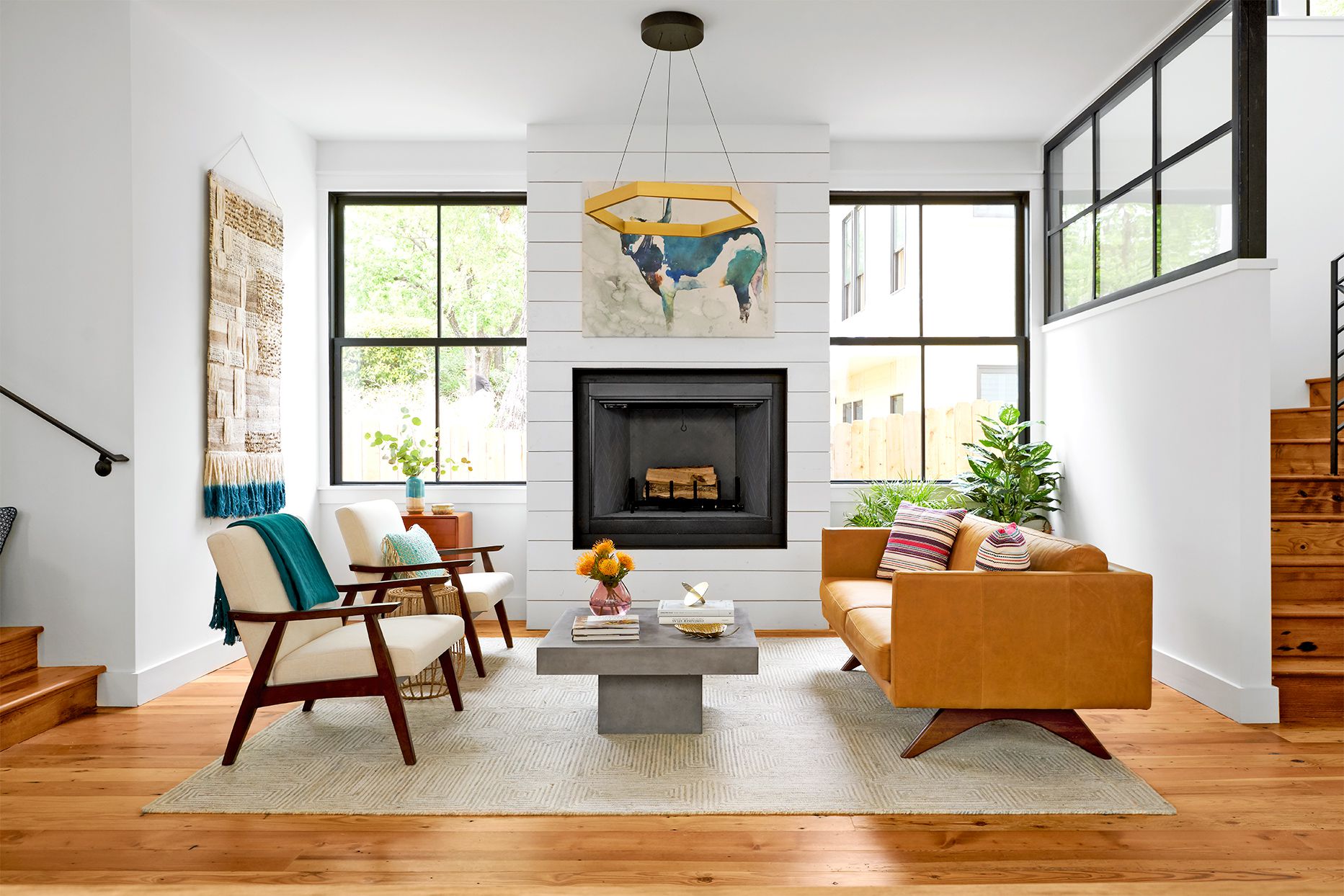
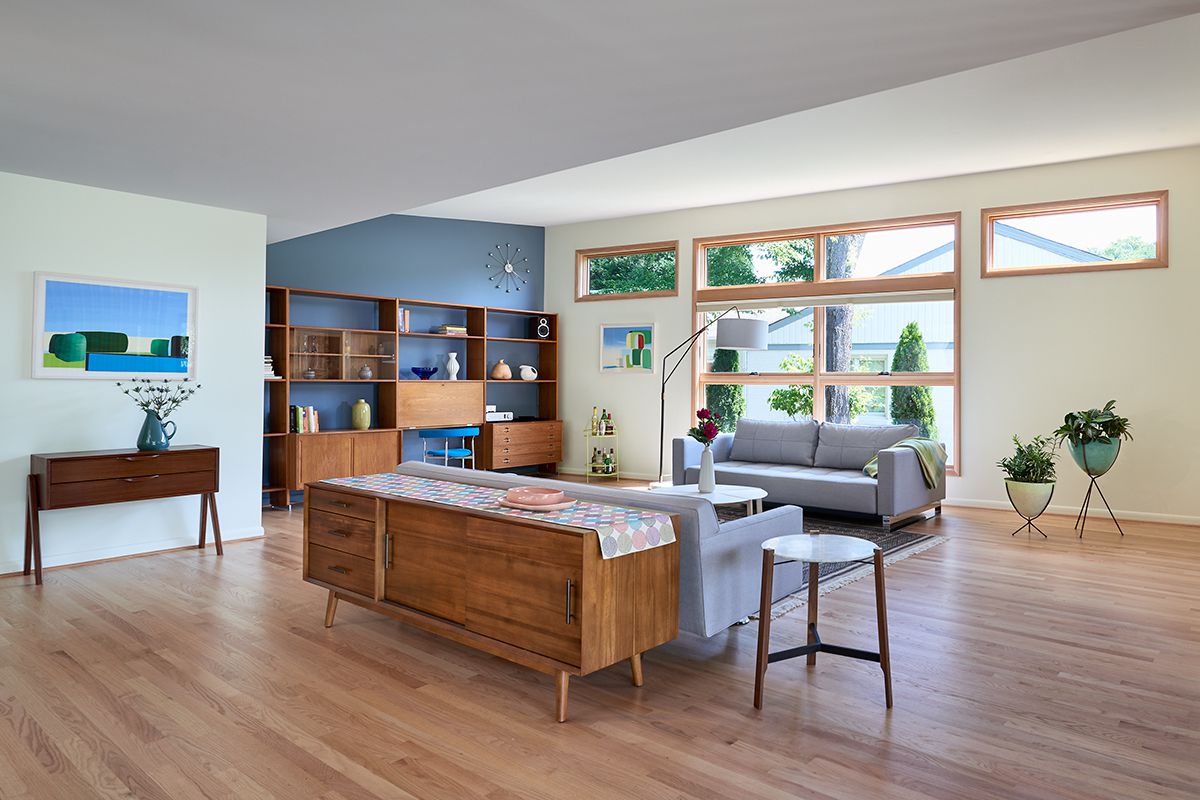
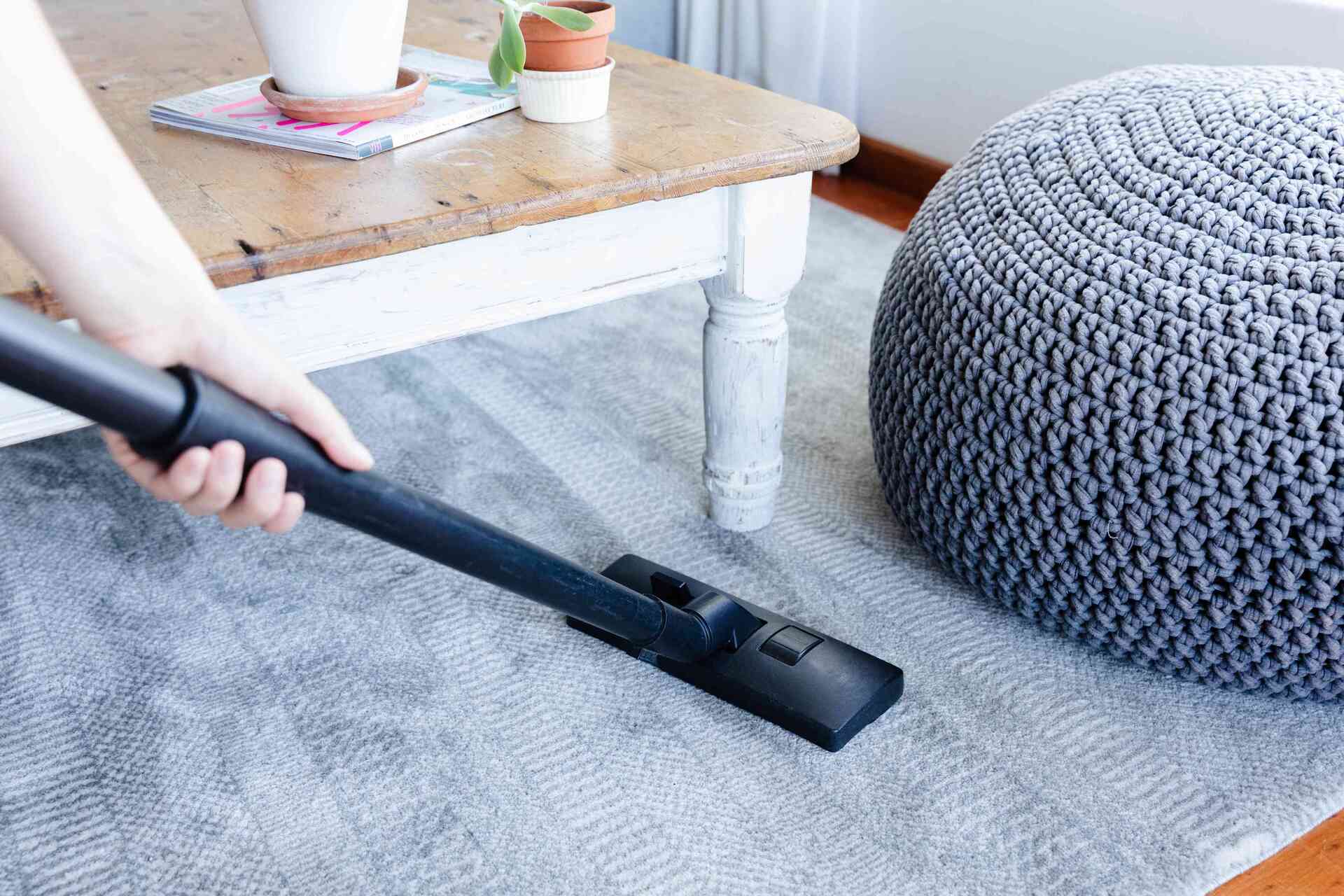

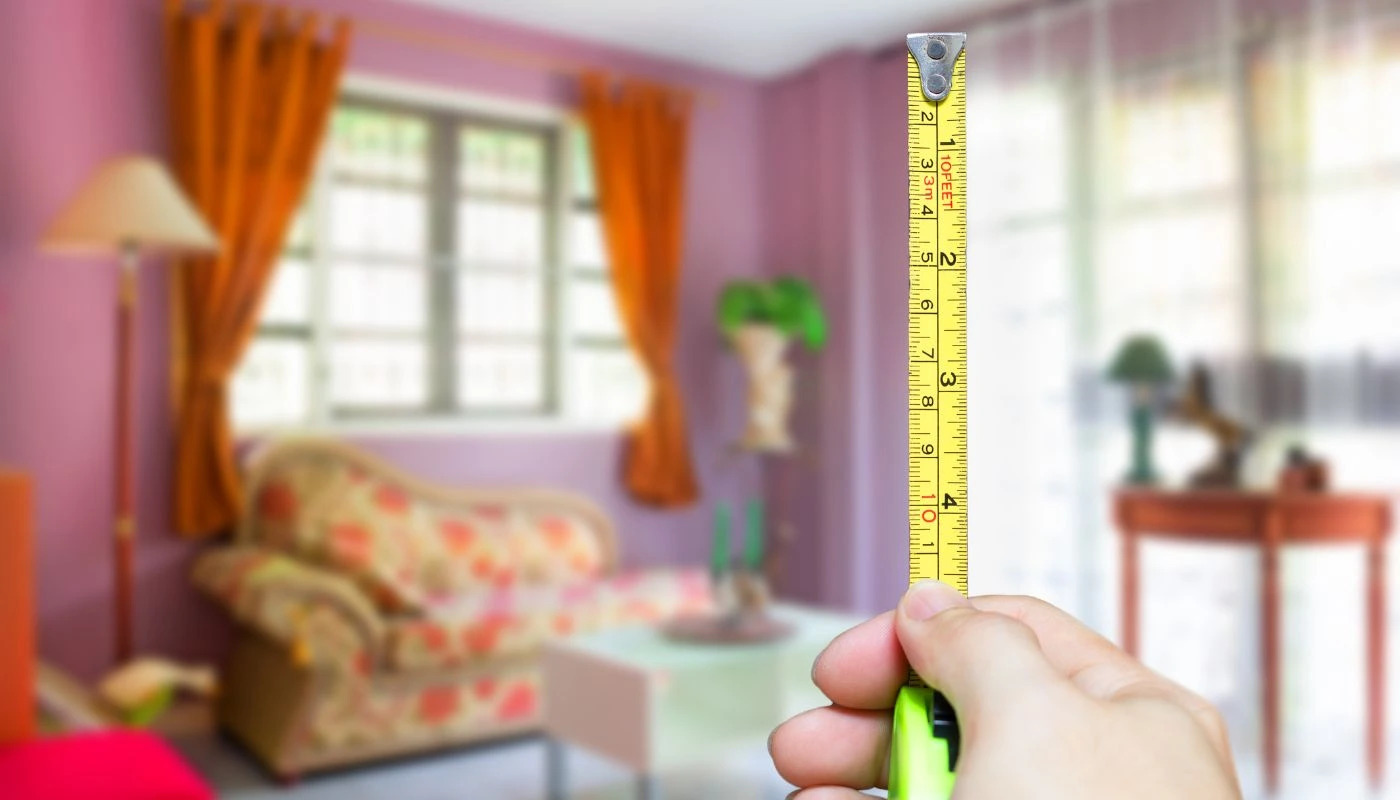
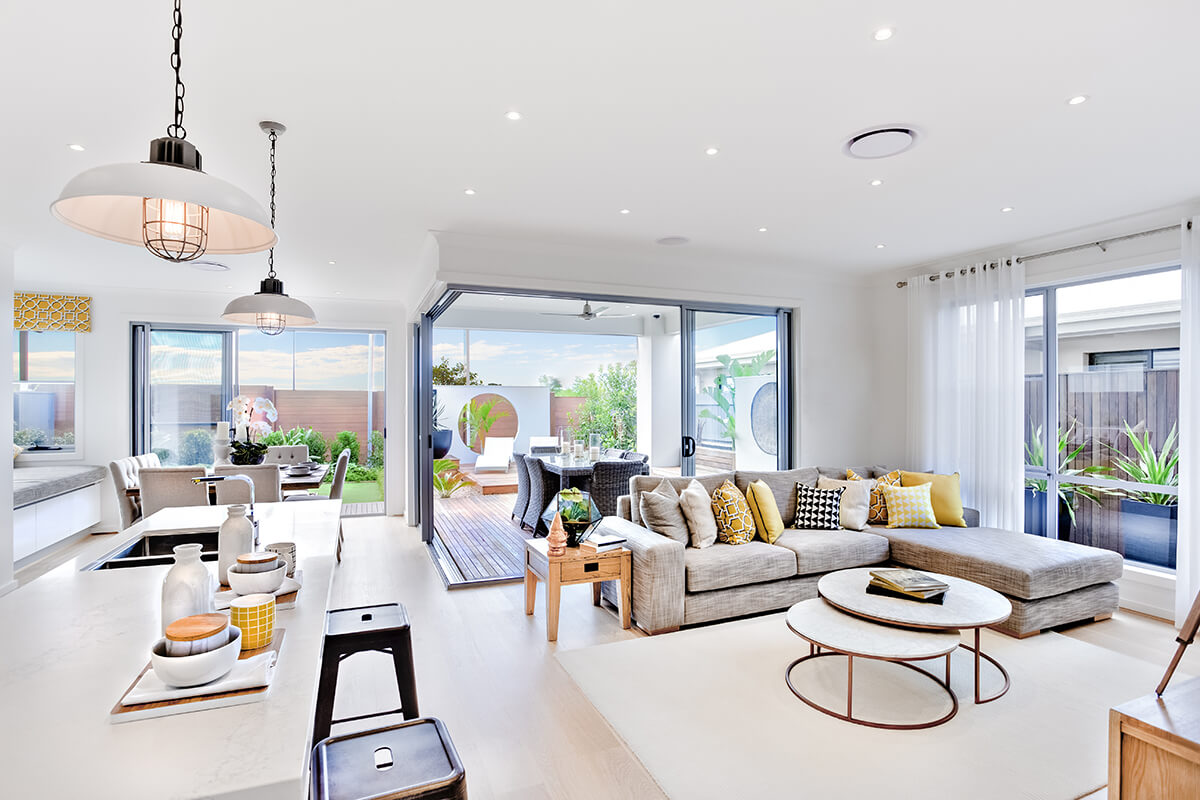

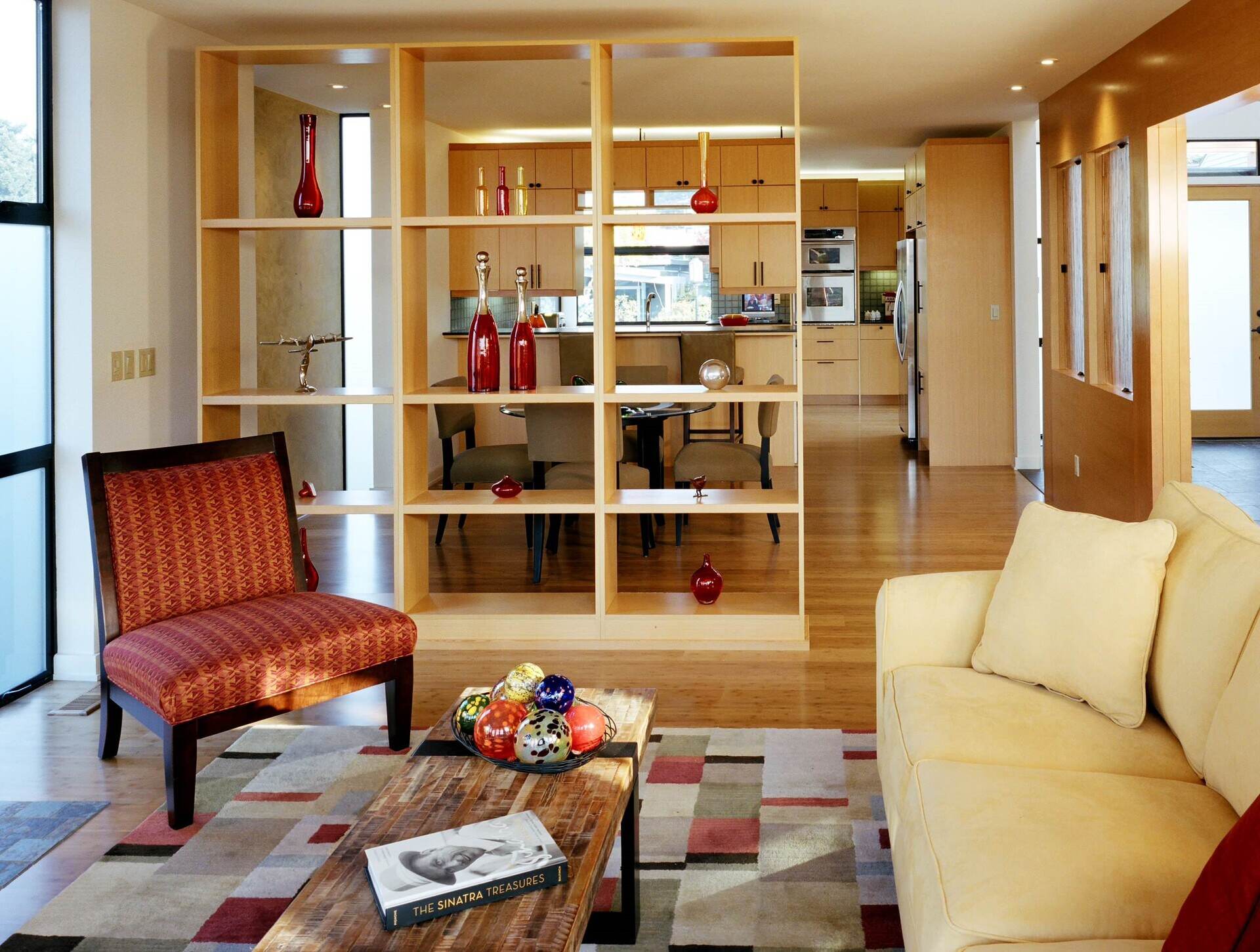
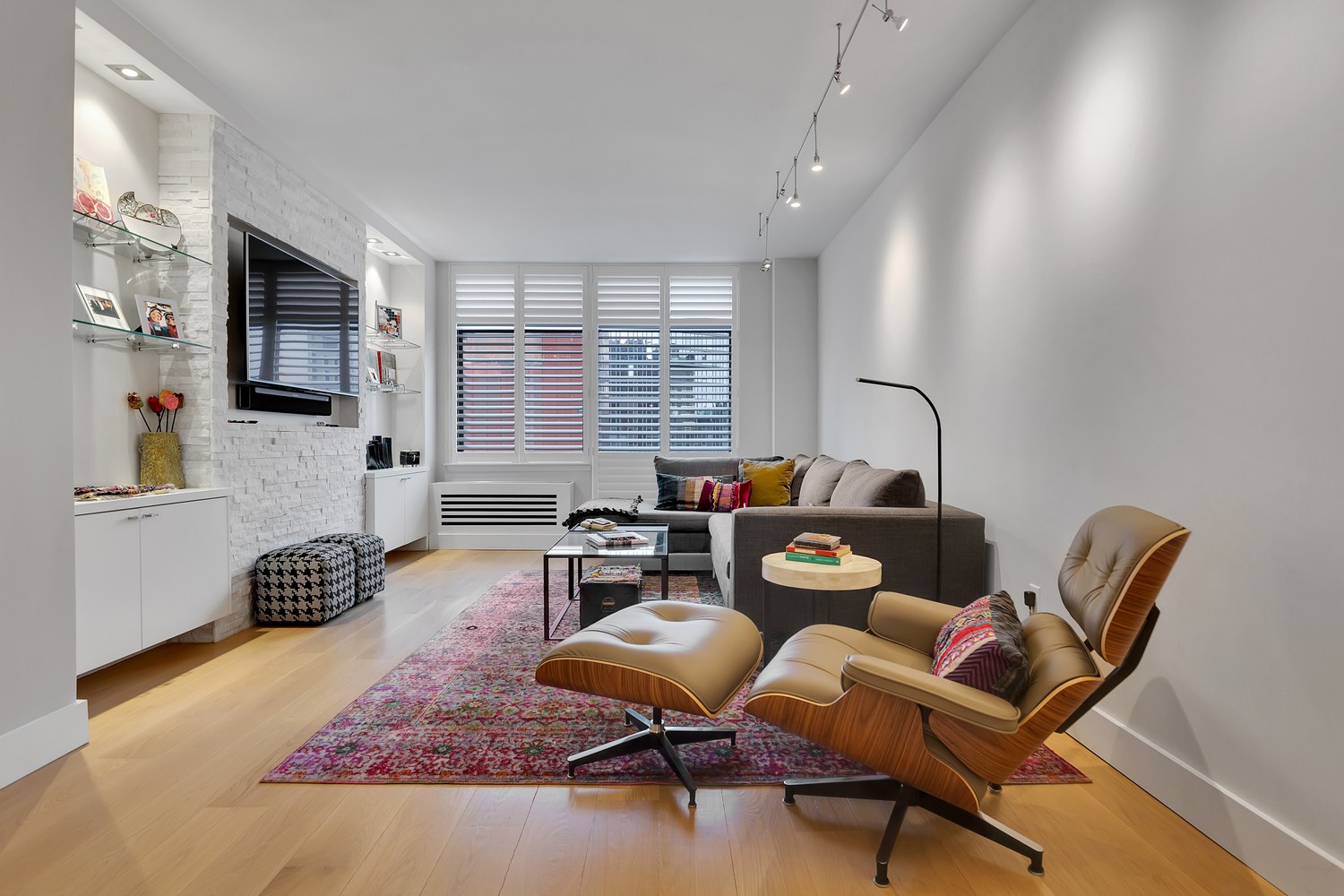



0 thoughts on “How To Raise A Sunken Living Room”